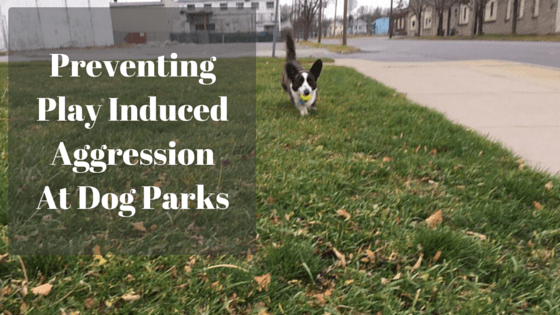Preventing Play Induced Aggression At Dog Parks

Research Team
Dog parks are a touchy subject for many dog trainers. While the concept of dog parks is wonderful, the implementation and reality of dog parks are challenging. Dog parks, in theory, are a great way to socialize your dog around other dogs and people off leash. For city dwellers, they may be the only time a dog is able to be off leash outdoors. However, the many stories of bullying and aggression displayed at dog parks are not to be ignored. Fortunately, a research team lead by Lindsay R. Mehrkam, M.Sc. at the University of Florida performed a study to understand what happens when play turns into aggression.
Factors That Contribute To Aggression at Dog Parks
Precursors To Aggression
Current Research Conclusions
The researchers concluded that aggression occurs in about 1 in 10 play interactions at dog parks. They discovered that owners did not intervene enough – only in about 5% of play encounters. They want to make it clear that there isn’t a single behavior that will lead to aggression 100% of the time so that should be taken into consideration. Context is extremely important in understanding dog-dog interactions. They concluded that the best thing to do is to be an advocate for the dog you are responsible for. Train them before entering the dog park so that you can safely leave challenging or uneasy situations.
Do you recommend your clients take their dogs to the dog park? Do you recommend they avoid dog parks?



